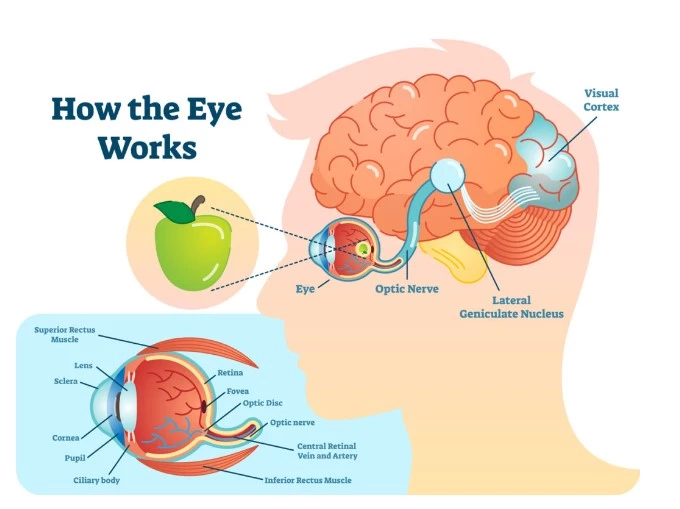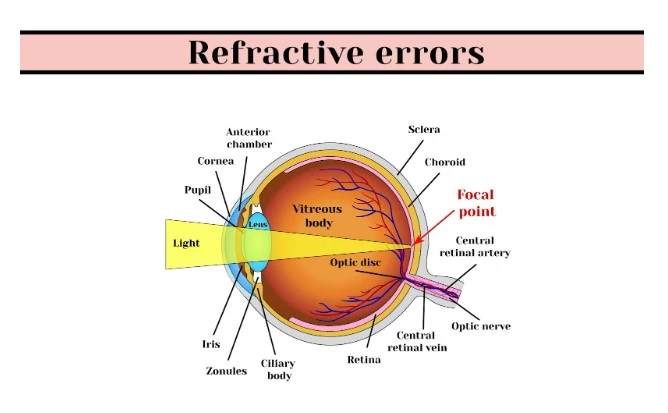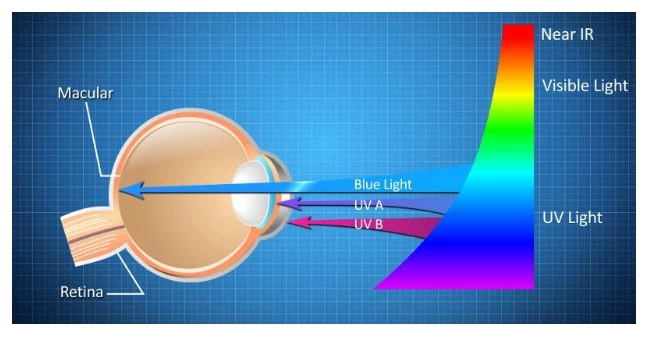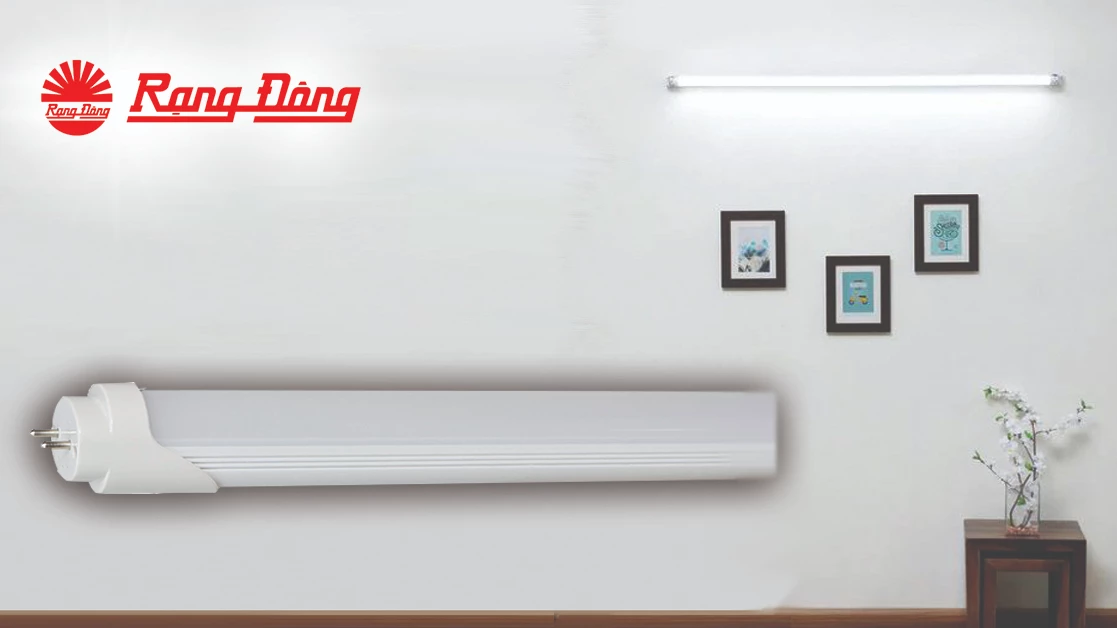
Role of light to human vision
From the light source to our eyes and our brain, there is the whole complex process, a good understanding of which will help protect our eyes. In the following article, we are going to check the mechanism of human vision, see how blue light influences our health and how eye diseases are developed, and to understand the role of light to human vision.
How light pass through human eyes
About 80 percent of the signals to our brain come through the eyes. The recognition of objects is assisted by light. A light source illuminates an object, and the light reflects it in human eyes. If the reflecting light is within the vision threshold, we can sight the object.
The light passes through an optical system of human eyes from where signals are sent to our brain. Working as a bio-optical machine, human eyes consist of cornea, iris, lens, retina, macula, optic nerves, and other parts.
The reflecting rays from the illuminated objects pass through iris, refracting lenses and converging on the retina, leaving impact on optical nerves here. Then the signal is transferred to the brain, where it is processed and analyzed. The result gives us the recognition of the object.

Light signal pass through human eyes before being processed by brain
Visible spectrum
On the retina, there are photo-sensitive cells which are strongly influenced by the wavelength ranging between 380 nm and 780 nm. These cells include rods and cones.
Cones, totalling around 7 million and located mainly on macula, ensure our vision in day time and color recognition.
Rods, numbered at about 120 millions, ensure vision in darkness, but they don't help us realize and distinguish colors.
The light interacting with photo-sensitive cells are converted into electric signals and transferred to vision nerves on the cerebral cortex. Here, the brain analyzes and transforms the signals into images so that we can recognize objects and colors.

Visible light has a very narrow band in the electromagnetic wavelength range
Rods, numbered at about 120 millions, ensure vision in darkness, but they don't help us realize and distinguish colors.
The light interacting with photo-sensitive cells are converted into electric signals and transferred to vision nerves on the cerebral cortex. Here, the brain analyzes and transforms the signals into images so that we can recognize objects and colors.
Role of light to human vision
In order for us to realize and distinguish objects, the reflecting light shall exceed the luminance threshold of human eyes. Moreover, to recognize and differentiate colors and trueness of colors, the reflecting light shall contain full wavelengths in the visible spectrum from 380 nm to 780 nm.
The ideal light for human vision is sunlight. The photo distribution on space and illuminating orientation are also the necessary factors to help us feel our surroundings. All factors shall be at the threshold ensuring human vision comfort.
If the brightness is not enough, eyes must modulate by loosening iris to enable more light to pass through it or by shortening the distance, all aiming to see obviously.
When seen in a very short distance, normally less than 0.3 meter, the lens must swell so that light can converge right on the retina. If not, the image on the retina will be opaque. If this situation prolongs in low illumination, eye health will decrease, the modulation ability will degrade and lens can not come to its normal status, the image can not be converged right on retina and macula, leading to refraction disease, myopia or near-sighted disease.

Refractive error is the phenonmenon when light does not converge on macula
However, this is only one of the causes leading to myopia. In contrast, if there is much light coming to the eyes, it leads to glare phenomenon, which can cause eyestrain, stress on vision nerves. Hence, both very low and extra high illumination are harmful to eye health and vision ability.
The luminance distribution in the view field can also cause the glare. The reason for glare comes from the very high intensity light source, directly going to human eyes or reflecting from the illuminated polish objects.
There are four types of glare, distracting glare, discomforting glare, disabling glare, and blinding glare. If we often see in such glare environments, we easily feel nervous, dizzy and stressed, thus affecting our quality and daily activities.
The element in the light spectrum is proven to influence vision health as well. The wavelength from UV to shorter one is harmful strongly to human eyes. The strong enough short wavelength can damage the macula, leading to blind our eyes. The blue rays with wavelengths of 400-500 nm also affect negatively on our eyes, but leaving less impact than that from UV and shorter wavelengths.
Blue light impact
Not all blue light is harmful to human eyes. Many studies have shown that the blue light can stimulate the cortisol hormone that can help us alert, remember better and inspire our emotion.
In therapy, blue light can be used to treat seasonal affective disorder, or SAD, that happens in winter with gloomy weather.

Only several blue lights are good for human health.
Blue light at night can cause sleeping disorders. If we live and work under blue light frequently in the evening and at night, we can easily suffer from obese, diabetes and even several cancers.
Hence, light not only influences human vision, but also pertains to eye diseases like refractive error, and macular degeneration. A proper light helps maintain body clock, raise alertness, inspire emotion and increase work performance.
Should you have any questions or request a quotation of Rang Dong products, please send us an email to: export@rangdong.com.vn.
Websites: en.rangdong.com.vn and vacuumflask.rangdong.com.vn







